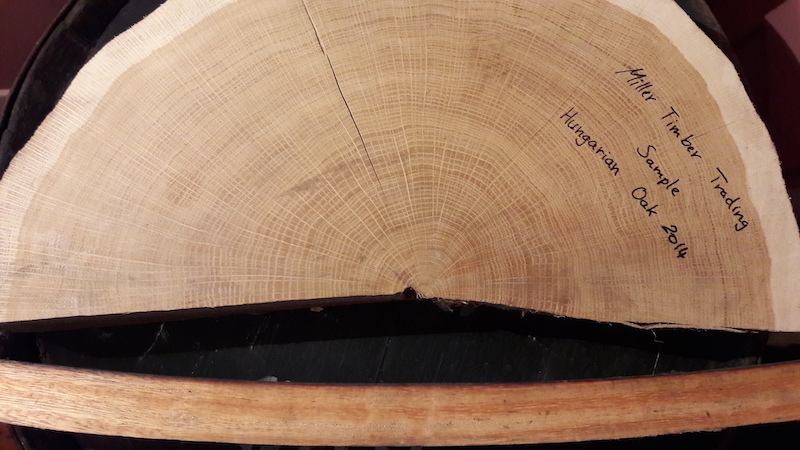Scotch Series 38: Oak

Why Oak? Oak is one of the hardest and most durable timbers. It’s Latin name, Quercus robur, means strength – think “robust”.
Oak grows from the outside in – a new ring grows around the trunk of the tree, just under the bark, and is called the cambium layer or the sapwood. This long ring layer lets nutrients move up from the roots to the leaves and back down again. The following year another layer grows and the original layer moves back into the body of the tree. It develops Tylosis. This means it blocks these miniscule vein like structures. So the oak in the heartwood becomes more or less water tight. Staves come from the heartwood of the oak. Cellulose flesh of wood is porous, concentric layers of resinous cells – tylosis, stop liquids from penetrating all the way through.
French oak has less tylosis, american oak more tylosis. French Oak gives a spicier kick, the wood is lighter, less dense. Oxygen acts differently with the spirit than in the American Oak.
Glenmorangie own forest in Ozark mountains in Missouri, and have a partner distillery in Tennessee, so the wood is used there before being sent home to Scotland
Metal hoops to hold the barrel staves together were not in regular use until the end of the eighteenth century, previous to this we used chestnut, hazelnut or willow saplings.
